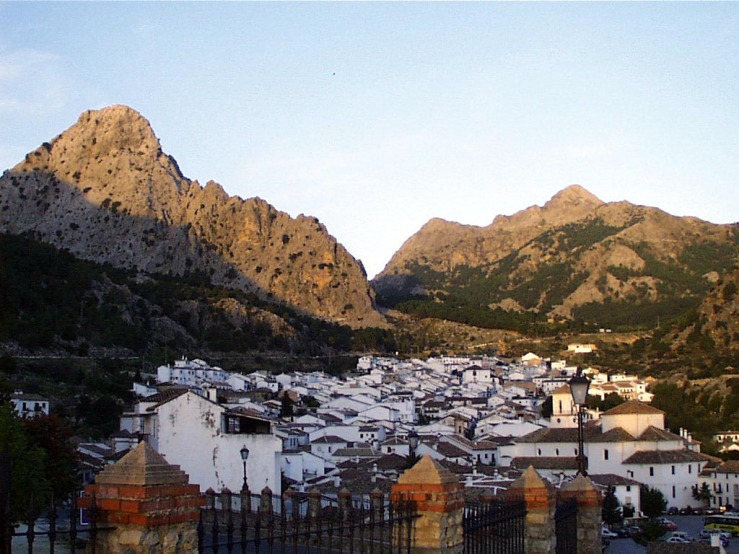molecules
Readers may find your work interesting, especially the part about Americans being transparent.
I used to work where there was a nuclear reactor and knew a lot of physicists there. They were trying to reduce fifty-five million tons of leftover radioactive material like Technetium-99 from seeping through the water table into the Columbia river.
Others developed hydrogen fuel cells for alternative energy sources. I’ve never met a physicist working with detergent.
Wow, I know TC-99 and it’s deadly stuff. They’ll never get rid of it. They’ve created a hell of a problem for future generations. Anyway, yeah it’s pretty cool working with these detergent molecules. And now we’re here.
He took a breath.
Did you know that the world is made up of 98% helium and hydrogen? Well, the remaining particles of atoms, a very small part, is life and inside these atoms a very small part of that is intelligence. The rest of the pyramid is garbage. Tell your editor to take that out! He laughed long and loud.
The amazing thing is how many people don’t know it or get it. The natural law is for things to get messy. That’s why people clean, to rearrange the molecules in some form of order.
They think they are in control of it. They are afraid of change. Things happen which are outside their control or plans of the creator. It expands the evolutionary process.







 Share Article
Share Article 

